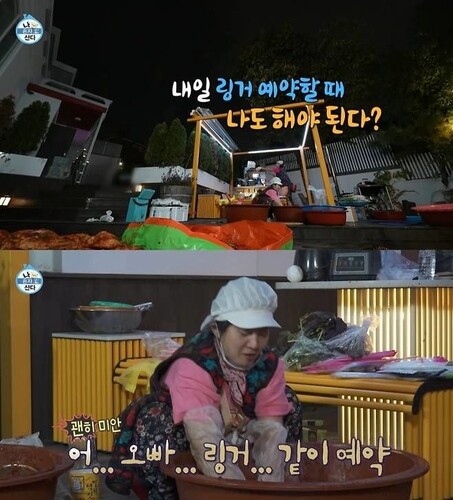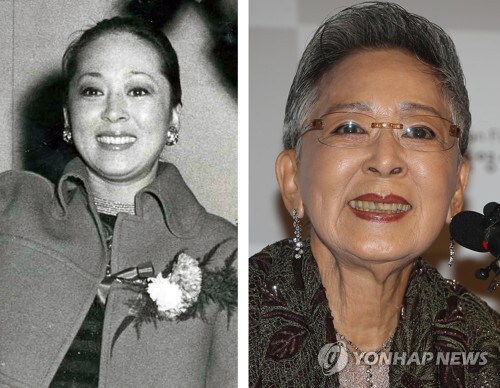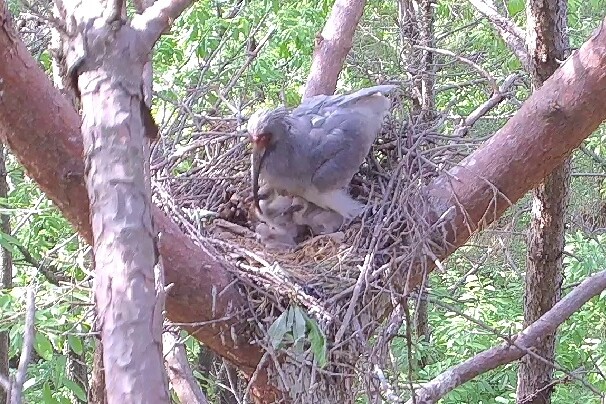 |
▲ This photo, provided by the Changnyeong county, shows a wild crested ibis succeeding in spawning. (PHOTO NOT FOR SALE) (Yonhap) |
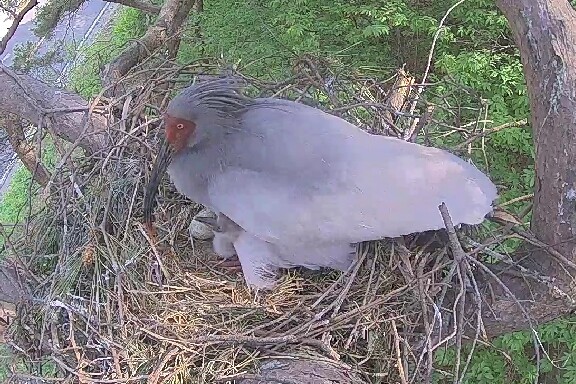 |
| ▲ This photo, provided by the Changnyeong county, shows a wild crested ibis succeeding in spawning. (PHOTO NOT FOR SALE) (Yonhap) |
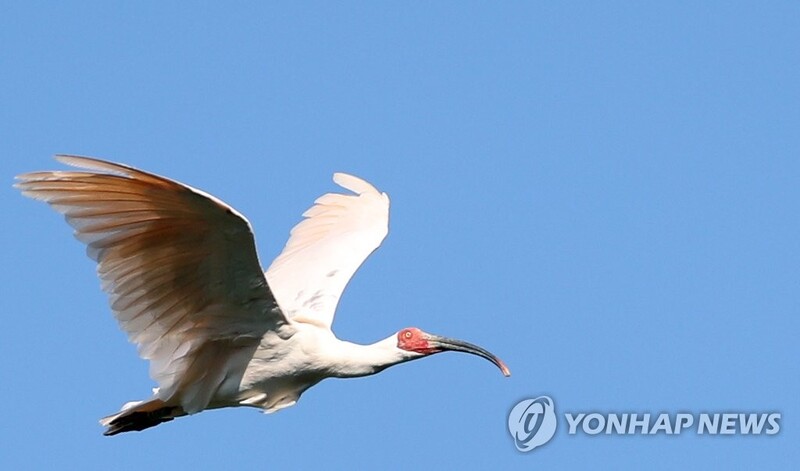 |
| ▲ This file photo shows a flying crested ibis. (Yonhap) |
CHANGNYEONG, April 30 (Yonhap) -- The Changnyeong county located in the South Gyeongsang Province announced on Saturday that three pairs of crested ibises, one of the endangered bird species also designated as the nation's Natural Monument, have laid 11 eggs, spawning a total of 4 eggs, over the past three days from March 20th.
Two of the three pairs of crested ibises spawned this year have breeding experience, and they built nests in almost the same place as last year and hatched one and three eggs, respectively. However, the other pair, who attempted to reproduce for the first time this year, did not succeed in hatching.
After mating, the crested ibises build nests on the edge of the forest adjacent to private houses.
However, it is hard to find a suitable tree for nesting, and birds are often disturbed by nearby crows or magpies. Thus, nesting is considered the most difficult part of the breeding process.
A pair that failed to breed this year was found to have their eggs broken, without properly building their nests.
Crested ibises usually lay 3 to 4 eggs between March and June and incubate them for about 28 days. After hatching, the chicks are cared by their parents for 45 days and leave the nest when they grow up.
The Changnyeong county has created 20ha of farmland near Upo Wetland to stably feed and help settle the crested ibises in the wild during the crested ibis breeding and winter months while implementing a monitoring system with residents to prevent attacks from yellow-throated martens, leopard cats, and crows.
(END)
(C) Yonhap News Agency. All Rights Reserved










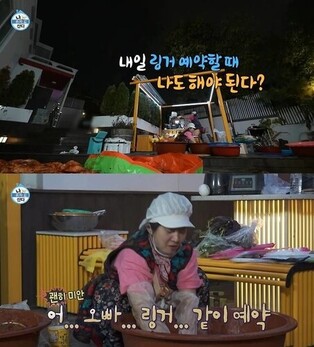


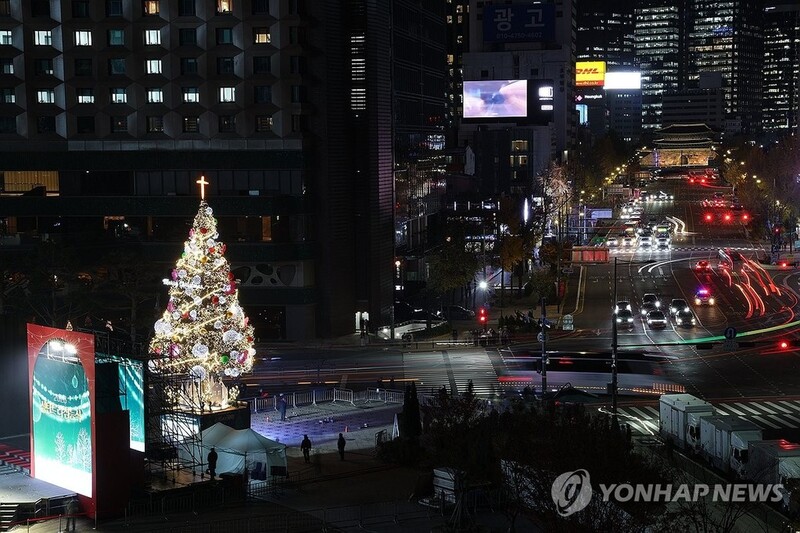

![[가요소식] 10대 싱어송라이터 민서, 데뷔 싱글 '미로'](https://korean-vibe.com/news/data/20251211/yna1065624915952705_742.jpg)





